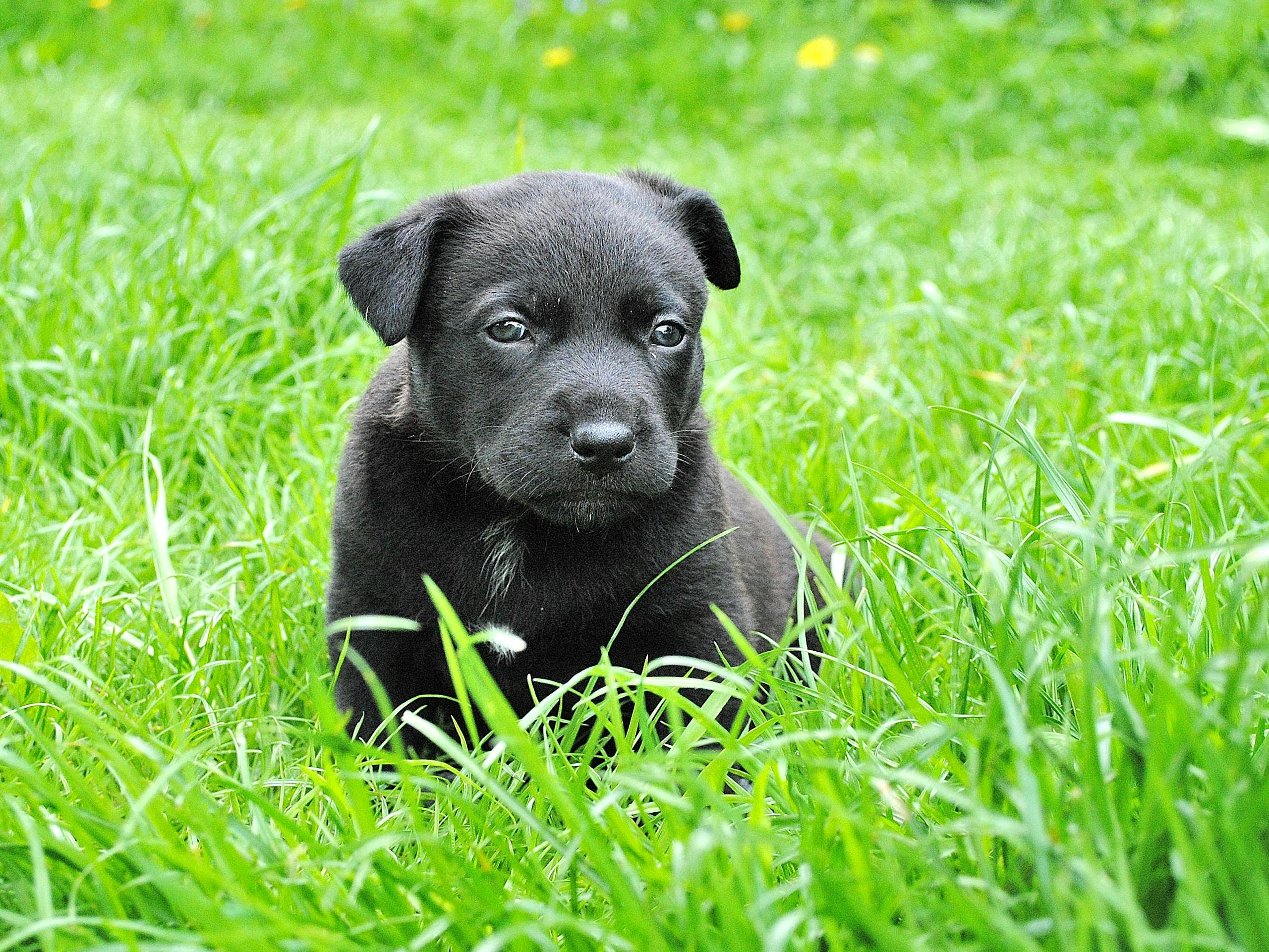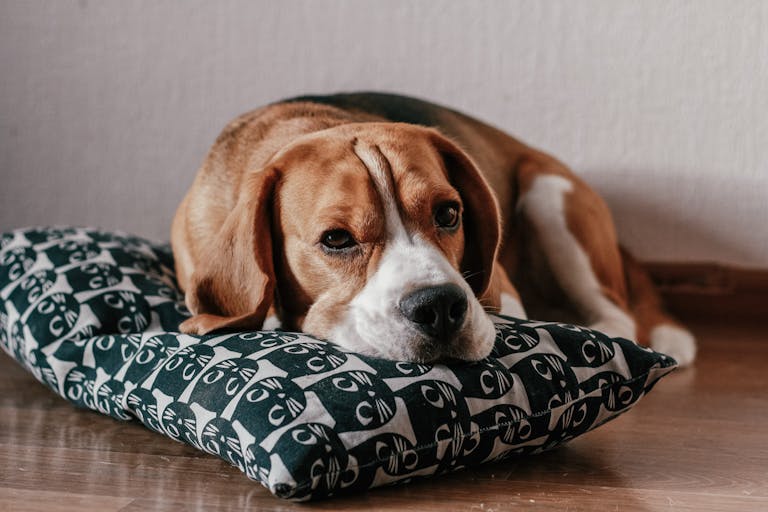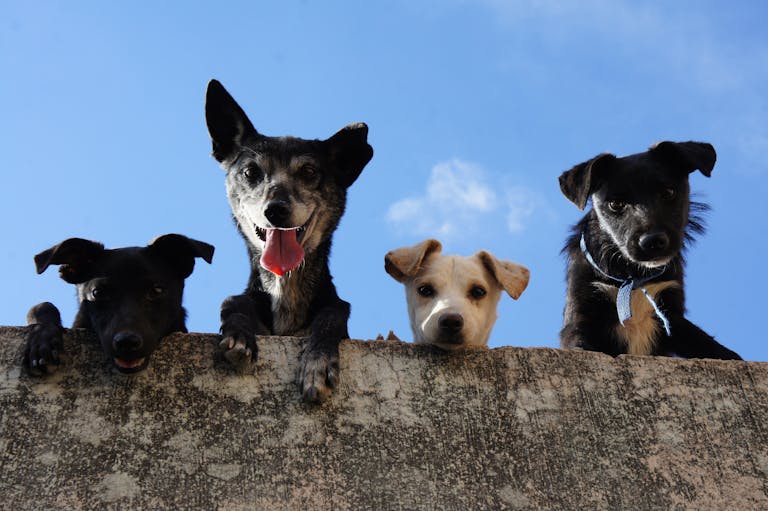Why a Good Start for Your Dog Makes All the Difference

Bringing a dog into your life is one of the most rewarding experiences you can have. But just like with children, the beginning shapes everything. A good start for your dog is crucial. The way you introduce your dog to your world—your routines, your energy, your boundaries—lays the foundation for a lifetime of trust, behavior, and well-being.
Whether you’re raising a puppy or welcoming a rescue dog into your home, this article helps you understand why those first weeks matter more than you think—and how to get them right.
Your Dog’s Brain Is a Sponge (Especially Early On)
In the first few weeks, your dog is soaking up information like a sponge. Where are the safe places? Who are the calm people? When is food predictable? These first impressions directly shape how your dog views the world: safe or unsafe, trustworthy or confusing.
💡 Puppies between 3 and 16 weeks go through a sensitive socialization window where experiences (good or bad) leave deep impressions.
💡 Rescue dogs also need gentle, structured introduction periods. Many come from unpredictable environments and need time to decompress before they can learn.
Routine = Security
Dogs thrive on predictability. When they know what to expect, they relax—and a relaxed dog is a learning dog. That’s why it’s essential to create a daily rhythm from day one:
- 🕒 Fixed feeding times
- 🚶 Regular walks and potty breaks
- 💤 Designated rest and sleep spots
- 💬 Consistent communication (same words, same tone)
✨ Tip: Keep your tone soft and movements slow. Your dog reads your body language before anything else.
Connection Before Correction
One of the biggest mistakes new dog parents make is focusing on rules before trust. But dogs—especially sensitive or insecure ones—need connection before correction.
Imagine being dropped in a foreign country with no language skills. That’s how your dog feels in a new home. Be their translator, not their critic.
Build the bond with:
- Soft eye contact
- Calm petting sessions
- Sitting or lying quietly near them
- Avoiding overstimulation in the first week
Calm Is Contagious
Dogs are energy readers. If you’re anxious, rushed, or frustrated, they feel it. Calm isn’t just a state of mind—it’s a communication tool.
Try this:
- Lower your voice when you speak
- Exhale slowly when your dog is nervous
- Move deliberately, not abruptly
And for deeper calm, try playing soft music or nature sounds (you can find these at Pawsly.app) —especially during nap time or after walks. These mimic the soothing rhythms dogs naturally associate with safety.
Mistakes Happen—And That’s Okay
Accidents, barking, chewing—these are part of learning. Don’t let early setbacks discourage you. What matters most is how you respond:
- Stay calm
- Redirect, don’t punish
- Praise the right behavior every time it happens
This builds a feedback loop of trust and confidence.
The “Decompression” Rule for Rescue Dogs
If you’ve adopted a dog, remember the 3-3-3 rule:
- 3 days to adjust to your home’s smells, people, and layout
- 3 weeks to understand routines
- 3 months to feel like family
Give them time. Go slow. The first impression sets the tone for everything that follows.
Try This: Meditate With Your Dog for 3 Minutes
Yes, really. Sit with your dog, play calming sounds (like those at Pawsly app where we’ve created multiple Guided Meditation Sessions for you), close your eyes, and just breathe together. No commands. No expectations. Just presence.
Dogs don’t need words—they need your energy. And stillness speaks volumes.
Recap: The Keys to a Great Start
- 🧠 Treat the first weeks as sacred learning time
- 🏠 Create clear structure and rhythm
- 🤝 Build connection before focusing on behavior
- 🧘 Stay calm—your energy matters more than your voice
- 🐾 Use soothing sounds and create a safe space
- 🐕 Go slow, especially with rescues
📱 Want daily support in building a calm, connected routine with your dog?
Discover heartbeat sounds, nature music, and meditation sessions for dogs & humans in Pawsly app. Your peace = their peace.





